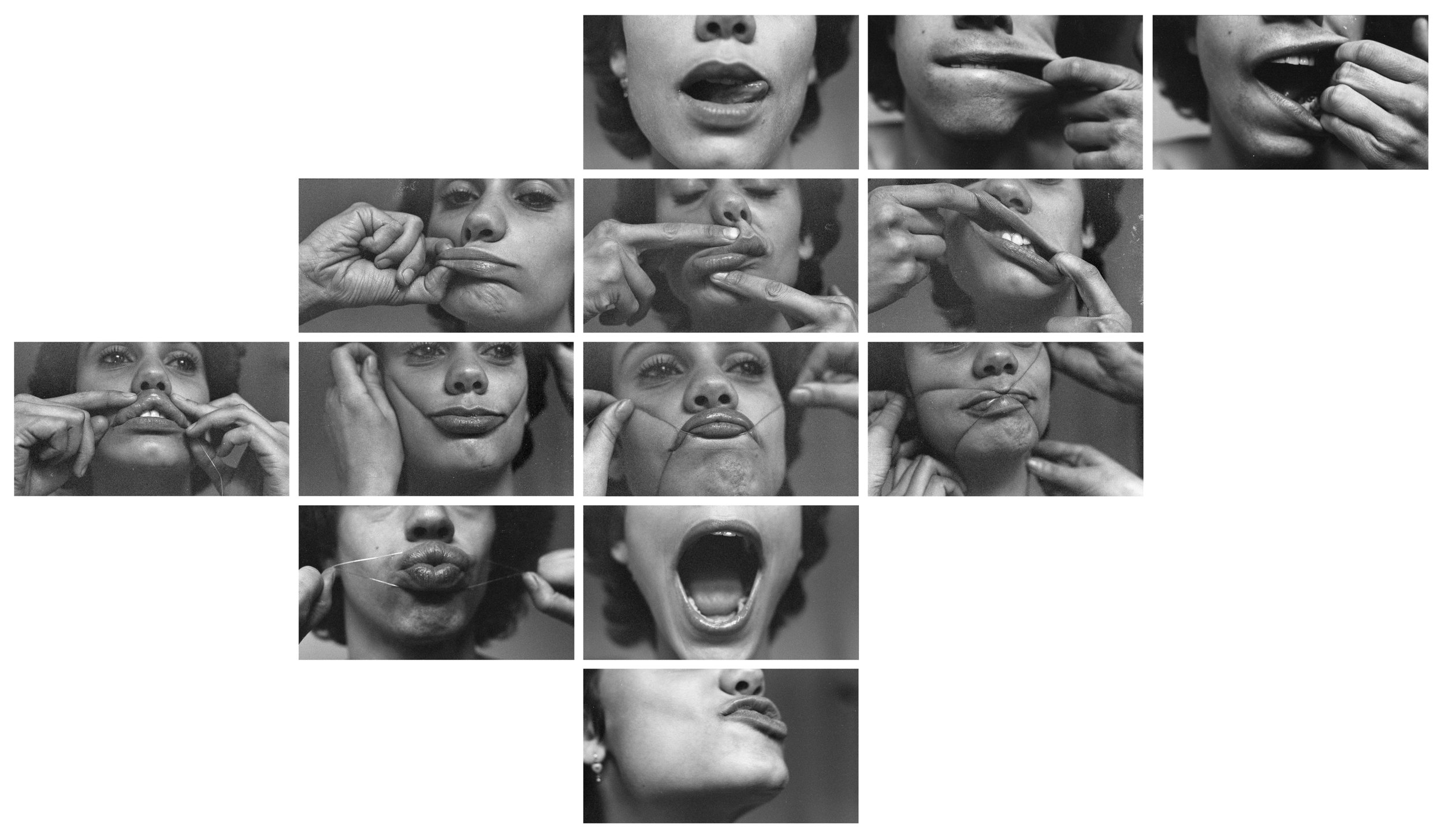






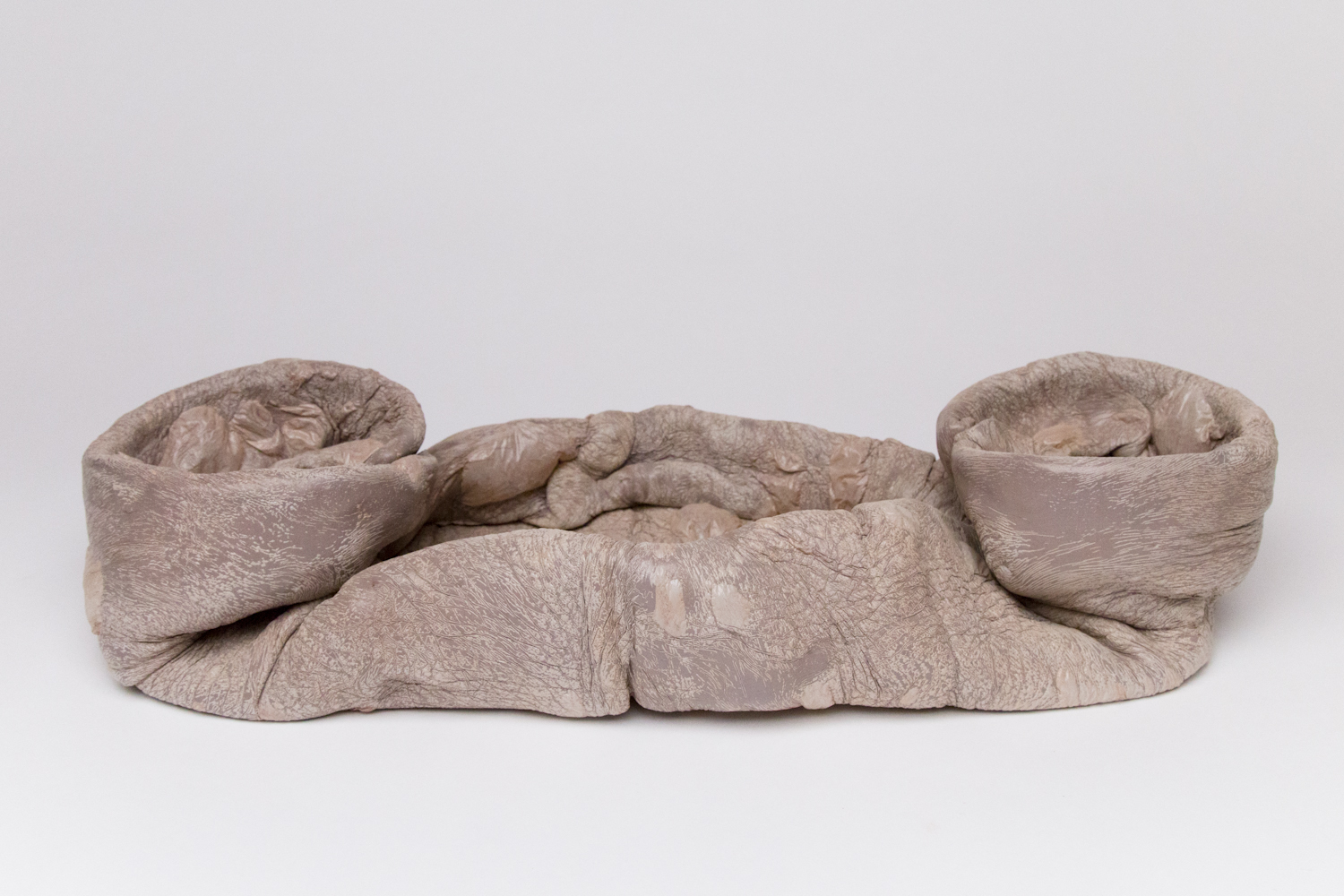
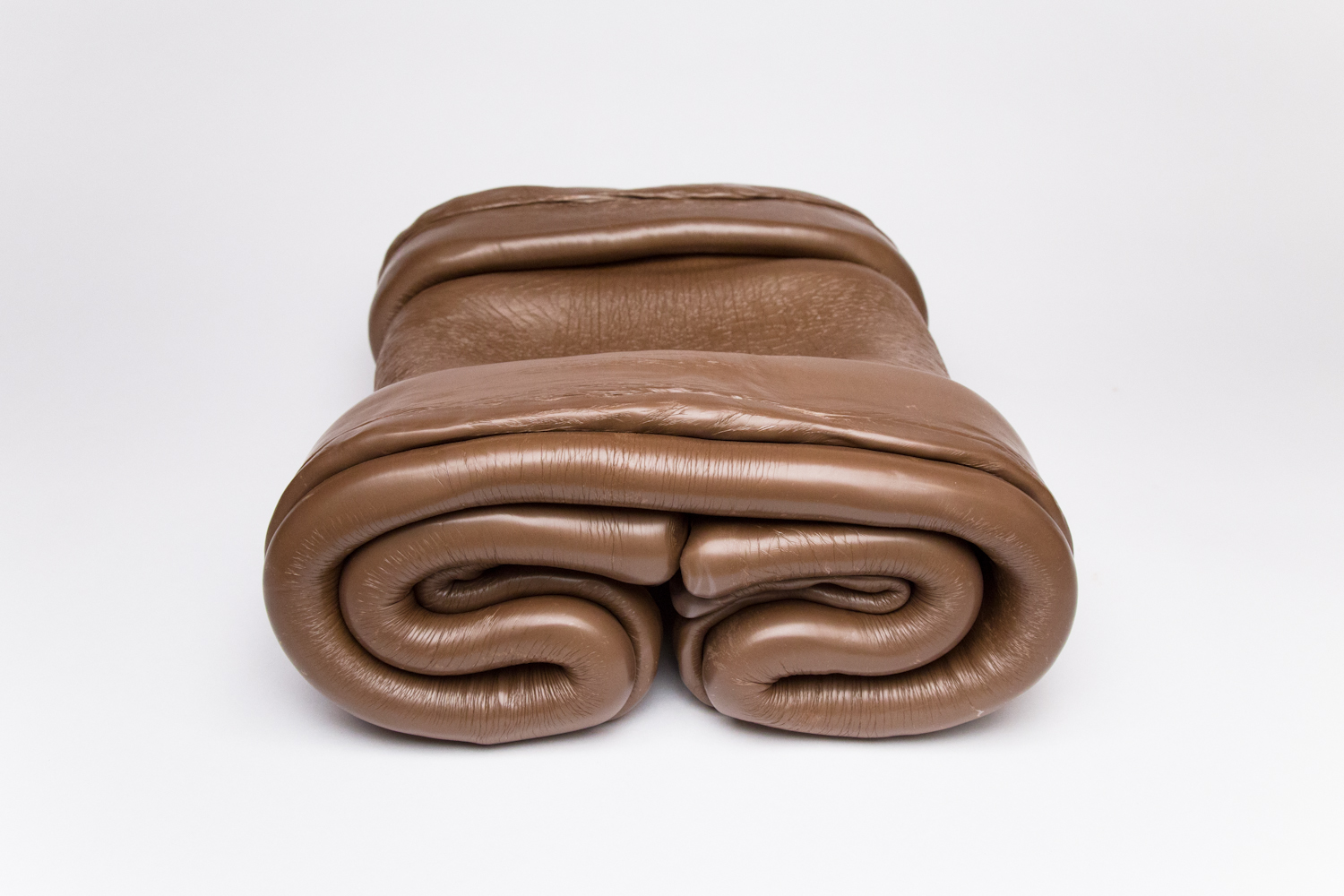
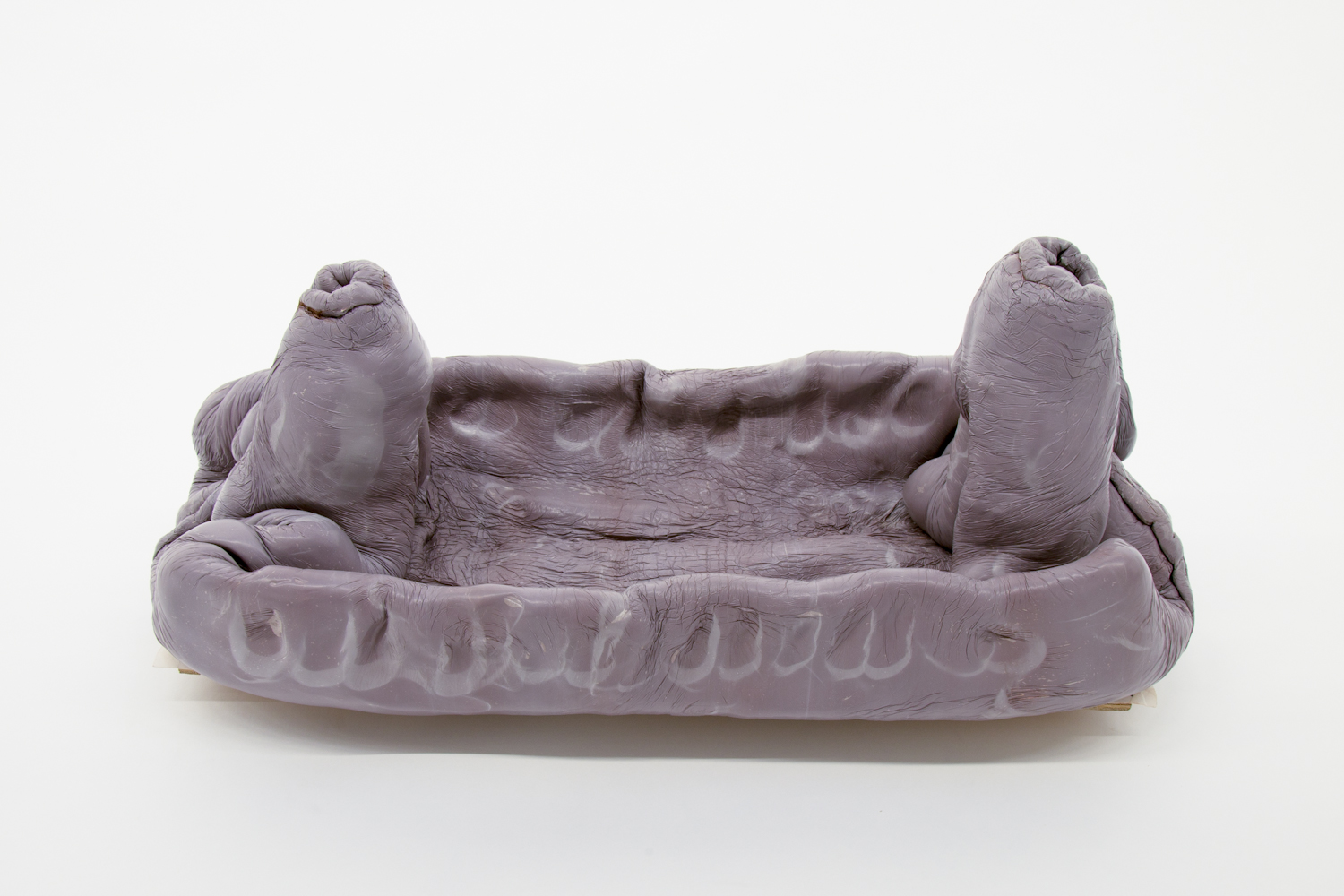

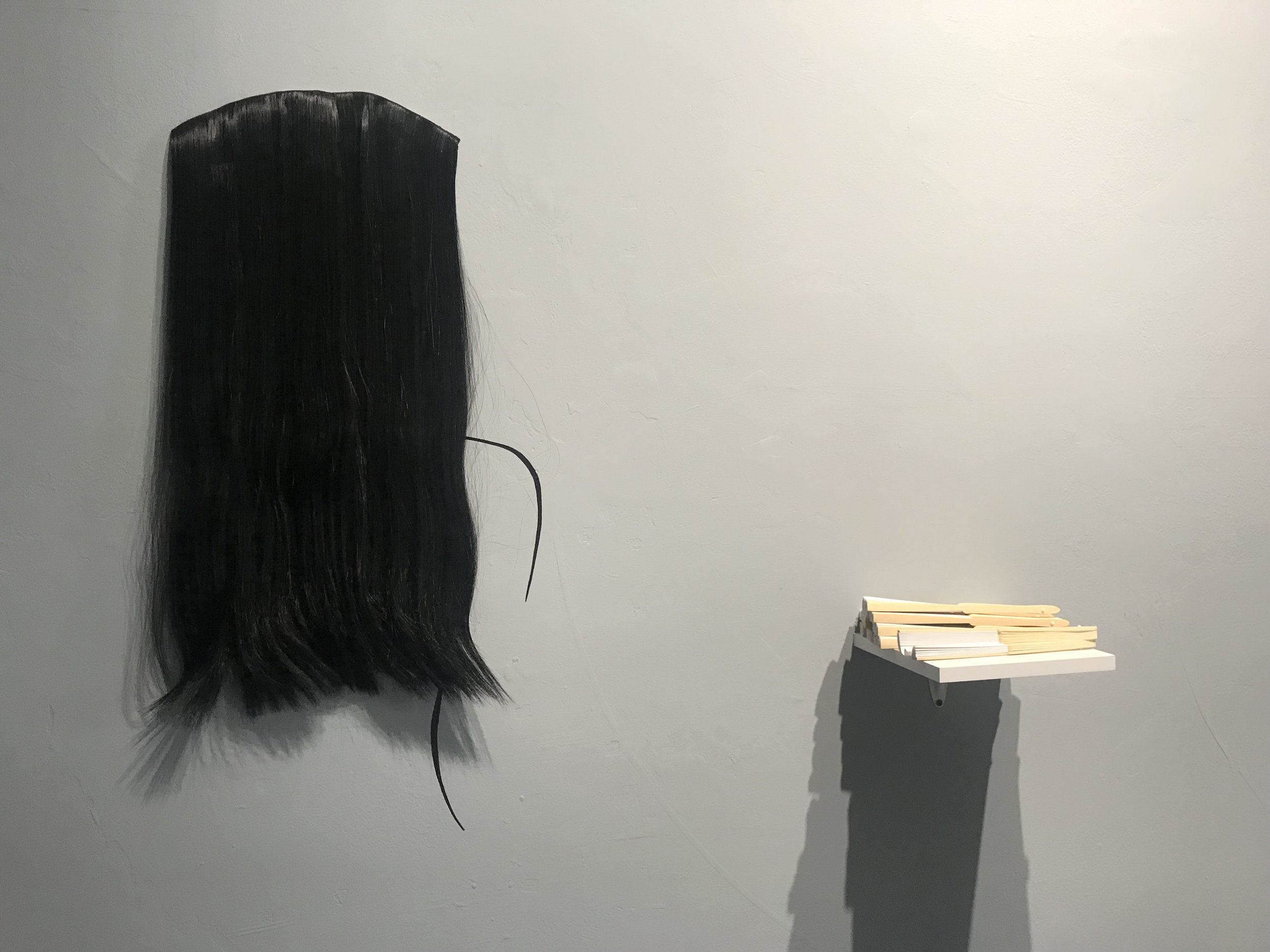

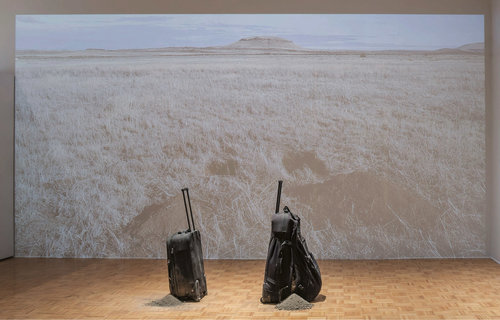


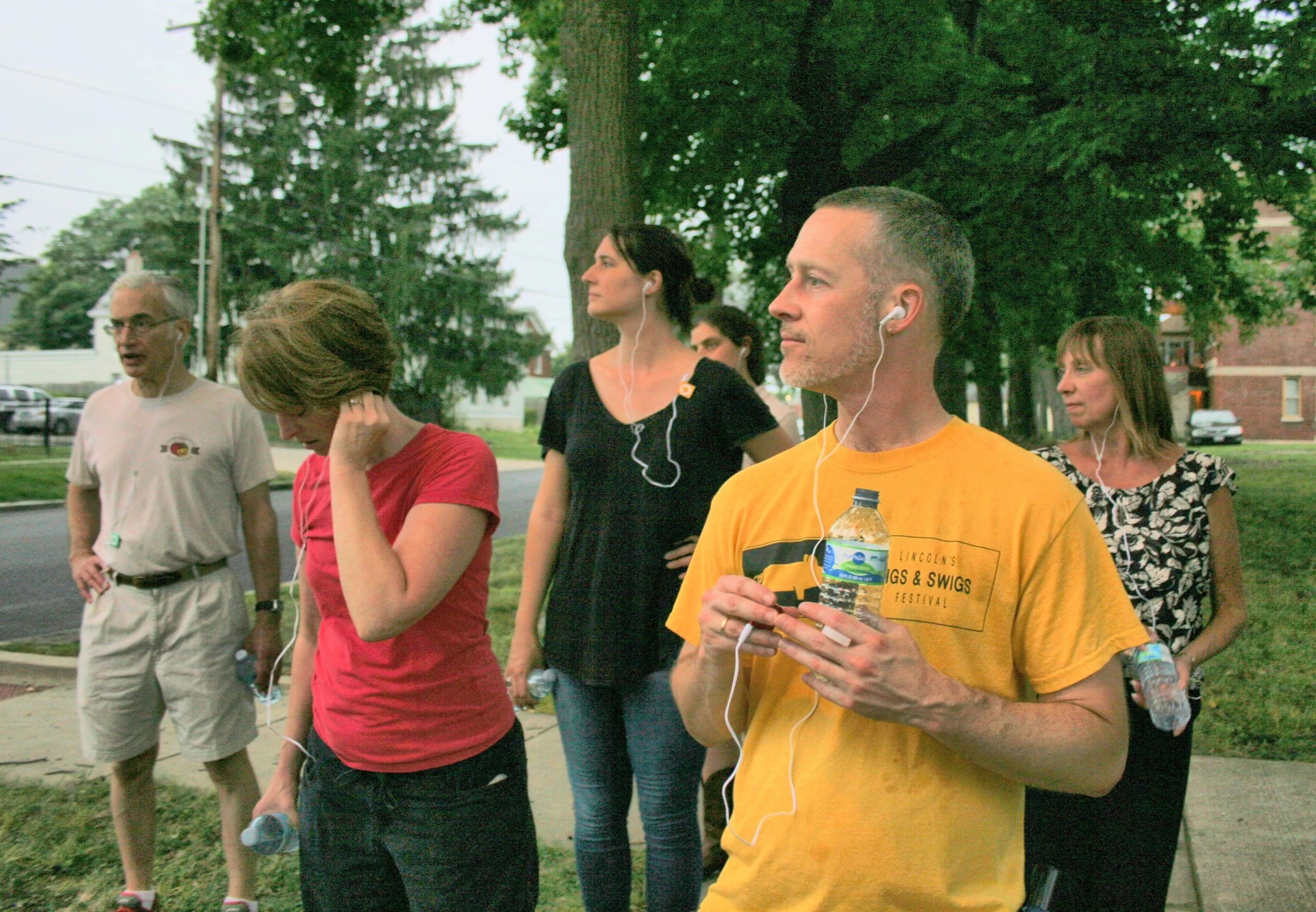

The Body Electric
41 Ross Alley, San Francisco
April 17 – May 19, 2019
Opening: April 17, from 6-8pm
Gallery Hours: Thursday – Sunday 11am – 6pm
Featuring ALEXANDMUSHI, Daniela Baldelli & Émile Noteris, Mark Baugh-Sasaki, Takming Chuang, Yosh Han, Summer Mei-Ling Lee, Lan Liu, Little Warsaw, Patricia Reinhart, Gabriele Stötzer, Wong Kit Yi and Shadi Yousefian
Opening Reception:
April 17 from 6-8pm:
Opening night will also present a chair conversation with ALEXANDMUSHI and poetry reading from JiaJing Liu. Walking Performance: May 4 from 2-3:30pm Crossing Walls with Astrid Kaemmerling
The Body Electric is a group exhibition that interprets the task of remembrance by spotlighting the corporeality of memory. The exhibition aims to examine the ways in which the human body functions as vessels for memory—and specifically, how memory impacts the flesh. The exhibition is on view from April 17 - May 19, 2019 and is free and open to the public with an opening reception on April 17th from 6-8pm. The opening reception will feature a 30 minute chair conversation with artists ALEXANDMUSHI, who will use a nonverbal language to communicate and learn about each other’s histories along with a poetry reading from author JiaJing Liu.
The Body Electric examines the potency of memory embodied in gestures and habits in relation to 'indirect' modes of memory via inscribing, recording or documenting. Corporeal memory may be characterized as being an embodied memory and/or an embodied remembering. Embodied remembering situates memory as being intrinsic to the body, because it re-enacts the past, it need not represent it. As such, the exhibition will consider motion, action, activity, and gesture of memory as it pertains to flesh and surface of the body. Artists ALEXANDMUSHI, Daniela Baldelli & Émile Noteris, Mark Baugh-Sasaki, Takming Chuang, Yosh Han, Summer Mei-Ling Lee, Lan Liu, Little Warsaw, Patricia Reinhart, Gabriele Stötzer, Wong Kit Yi and Shadi Yousefian will present their various approaches and perspectives, ranging from mid-20th century to contemporary views, on how memory impacts the flesh.
The Body Electric is an exhibition curated by re.riddle developed in collaboration with 41 Ross Alley and The Chinese Culture Center of San Francisco for their series Present Tense 2019: Task of Remembrance, which brings together projects that reflect on the complexities, gravity, and responsibility of remembering.
With rising global xenophobia, the impact of regressive policies on the lives of migrants and refugees, and the retrenchment of systematic violence and racism, Task of Remembrance will explore the ways artists and their communities continue to build and engage with memory, struggles for freedom, and the weight of history. The exhibition theme is inspired by the 30th anniversary of the global, cultural, and political upheavals of 1989—a year that saw hope at the fall of the Berlin Wall, traumas of protests in Tiananmen Square, and the resilience of Chinatown after the Loma Prieta earthquake. Present Tense is a series that fosters dialogue and provides a survey on current issues.
Image: Gabriele Stötzer, Lippen, From her performance in 1983, German Democratic Republic.

ALEXANDMUSHI, Chair Conversation, Chinatown, 2019, Archival Pigment Print. A collaboration between artists: Alex Nichols & Mushi Wooseong James.
The opening reception on Wednesday, April 17th will feature a 30 minute chair conversation with artists ALEXANDMUSHI, who will use a nonverbal language to communicate and learn about each other’s histories.

ALEXANDMUSHI, Chair Conversation, Oaxaca 2019, Archival Pigment Print. A collaboration between artists: Alex Nichols & Mushi Wooseong James.

Gabriele Stötzer, Heilerde Gesicht, from the Healing Earth performance and experiment, 1982, German Democratic Republic.
A selection of photography by the critical feminist German artist and writer Gabriele Stötzer, Aber (1982), Ansicht (1980’s), and Scheibe (1982 and 2018) will be showcased. Her photography, extracted from her various performances and experiments, often depict an extreme visual proximity to her subjects, almost face to face with the subjects. This direct pictorial language aimed to construct alternative models and imaging of femininity and the female body, subverting the officially sanctioned and state-permitted gender roles of the GDR (German Democratic Republic).

Gabriele Stötzer, Aber, from the Healing Earth performance and experiment, 1982, German Democratic Republic.

Presented through films, installations, and a wide variety of media, the Hungarian artist duo Little Warsaw (András Gálik and Bálint Havas) addresses historical memory and confronts personal encounters with social experience. For The Body Electric, Little Warsaw will present a set of small multimedia sculptures titled Fighter that highlight trauma as an embodied remembrance manifested by repeating physical actions and reactions, and a short film, Marble Street 2000, which conflates the commemorative monumental body with the historical body.
Image credit: LITTLE WARSAW, Marble Street, 2000, 16 mm bw mute film, 8' 01", collaboration between artists András Gálik (Budapest, 1970), Bálint Havas (Budapest, 1971).

Lan Liu, Crown #1, 2016, Oil on Canvas with Bamboo Brush, 48 x 60"
Lan Liu is a conceptual artist and painter, whose current work focuses on the ‘crown’ of human subjects as forms of abstract portraiture. Liu posits that "hair is a stamp of time for humans". By looking at the top of someone’s head and hair patterns, which is an intimate, vulnerable and revealing area of the human body, one is able to sense the ‘shape’ of the time. With Chinese calligraphy brush and oil paint, Liu renders painstaking detail with precise lines to create these abstract portraits of the human subject and experience. Lan Liu's massive oil on canvas paintings rendered with the traditional Chinese bamboo brush, portray and transfix a momentary viewpoint of the subject's crown, reminding the viewer of the impending changes to one's physicality over time and marking its absence in advance.
Lan Liu is a pupil of the renown Chinese artists Chen Danqing and Wang Jian and has earned her MFA from California State University, San Jose. She currently resides and works in the SF Bay Area. Liu was born in Handan, China, the former capital city during the Zhao Dynasty. The city is known for its long history of Chinese dynastic art forms such as traditional Chinese calligraphy and poetry which primarily focuses on the discourse of line. Line is an essential element in the history of Chinese visual culture and literary arts. With lines being the primary formal language in Liu’s works, she simultaneously employs the ideological and philosophical connotations of line within her work.

Takming Chuang, Candy Dish, 2016, unfired clay, plastic wrap, 4.6 x 23 x 10”
Takming Chuang’s work addressed the ephemerality of the human form, impact of activity, motion and action on the aging body. Sculptures in the exhibition are made of unfired clay contained within a plastic skin. Indentations, marks, sags appear on the surface of the sculpture which allude to its anthropomorphism, situating themselves between abstraction and figuration.
Born in New York City, Takming Chuang currently lives in San Francisco. He received his MFA in Art Practice from the University of California, Berkeley and a BA in Economics from the State University of New York, Binghamton. At present, Chuang is an Affiliate Artist at Headlands Center for the Arts, Visiting Lecturer at UC Berkeley in Collaborative Innovation, and serves on committees at Right Window Gallery and Southern Exposure. His work is in the public collection of the Berkeley Art Museum.

Takming Chuang, Mounds, 2018, unfired clay, plastic wrap, paper, plywood, 10 x 25 x 11 inches

Summer Mei Ling Lee, Les Preuves Fatiguent la Verité (Proofs Weary the Truth), 2011, a warbler cremated into porcelain in the shape of an egg.
Porcelain becomes vitreous but also fragile and easily-chipped at the highest temperature of ceramic firing. The firing process cremates the body of the bird, leaving the barest indexical marks, in an attempt to join absence and presence, and birth and death into one moment.

re.riddle in collaboration with perfumer Yosh Han and creative director L. Lui conceptualized a scent especially for the exhibition.
Title: Goosebumps
Installation Concept: L. Lui of My Morning Malevich in collaboration with re.riddle
Scent: Yosh Han
Drawing: Kimberly Selvaggi
You are invited to engage with Goosebumps in two ways. Paper fan asks that you initiate motion with your body and the object by fanning yourself in order for the scent to become dispersed into the air.
With the hair piece, please gently brush aside the hair to smell the nape of her neck to produce “Goosebumps”.
YOSH Han, Goosebumps, 2019, Scent created especially for The Body Electric and re.riddle.
Goosebumps at the outset lures you in with its narcotic night blooming jasmine vines. Like a strong aphrodisiac, the passionate vines wrap around your whole being. Don’t let me go. Refreshing coastal pine elicits a pause. A deep breath. I need space. I feel something. I inhale. Oud. Something familiar yet unfamiliar. Oud is a resin from the aquilaria tree which when infected by a parasitic mold transforms into a heavenly aromatic resin. Arms and legs, bodies twisting together. The dry down is cypress, a quintessentially creepy looking tree, both haunting and comforting, often looming over dramatic seaside cliffs. It is the backbone of this fragrance providing a shadowy presence.

Yosh Han is a scent artist, perfumer and public speaker who collaborates with artists, private clients and creative agencies on olfactory projects. Han asserts that “our olfactive imprint is as unique as our thumbprint, and our inner landscape of aromas frames our interpersonal connections.” Produced especially for The Body Electric exhibition, Han has collaborated with re.riddle and created an exclusive scent relating to the exhibition’s theme for participants to experience.
Image credit: Yosh Han in her SF Atelier, image from Vanity Fair online article by Kari Molvar, November 2013.

Mark Baugh-Sasaki, Father and Son, Suitcases, Earth from Tulelake Segregation Center, video projection, Suitcases: 48” x 54” x 28”
Video Projection: Variable dimensions, 2018 (Images from Installation at the Brandstater Gallery, La Sierra University, Riverside, CA)

detail from Mark Baugh-Sasaki, Father and Son, Suitcases, Earth from Tulelake Segregation Center, video projection, Suitcases: 48” x 54” x 28”
Video Projection: Variable dimensions, 2018 (Images from Installation at the Brandstater Gallery, La Sierra University, Riverside, CA)

Mark Baugh-Sasaki, Father and Son, Suitcases, Earth from Tulelake Segregation Center, video projection, Suitcases: 48” x 54” x 28”
Video Projection: Variable dimensions, 2018 (Images from Installation at the Brandstater Gallery, La Sierra University, Riverside, CA)

Crossing Walls
A guided audio-walk with Astrid Kaemmerling
May 4 from 2-3:30pm
Drawing on the history of the fall of the Berlin Wall, a barrier which divided East and West Germany from 1961-1989, collected stories from witnesses will provide guidance as we navigate imaginary and real walls in San Francisco’s Chinatown. Practicing psychogeography, Astrid Kaemmerling’s art practice is the exploration of selected spatial experiences. Her work unites place memories of the past, such as collected travel experiences, with an exploration of specific neighborhoods and selected urban places. Exploring space via the practice of walking is an important aspect of Kaemmerling’s approach. Placing an emphasis upon the pedestrian experiences of the built environment is deeply embedded in the historic legacy of the Situationist International and influenced by thinkers such as Henri Lefebvre and Michel De Certeau. Crossing Walls is limited to 15 participants only. RSVP here to participate.